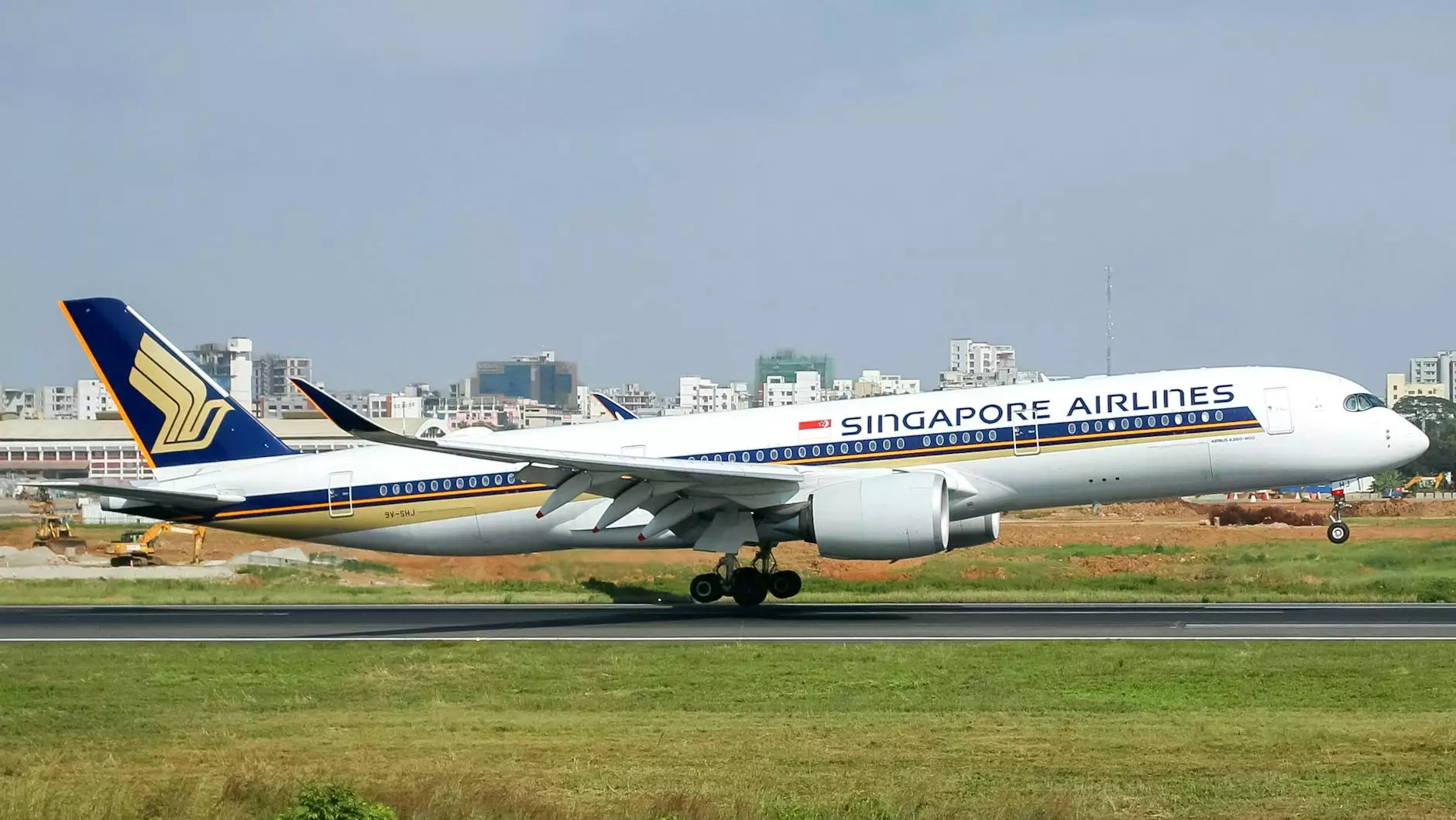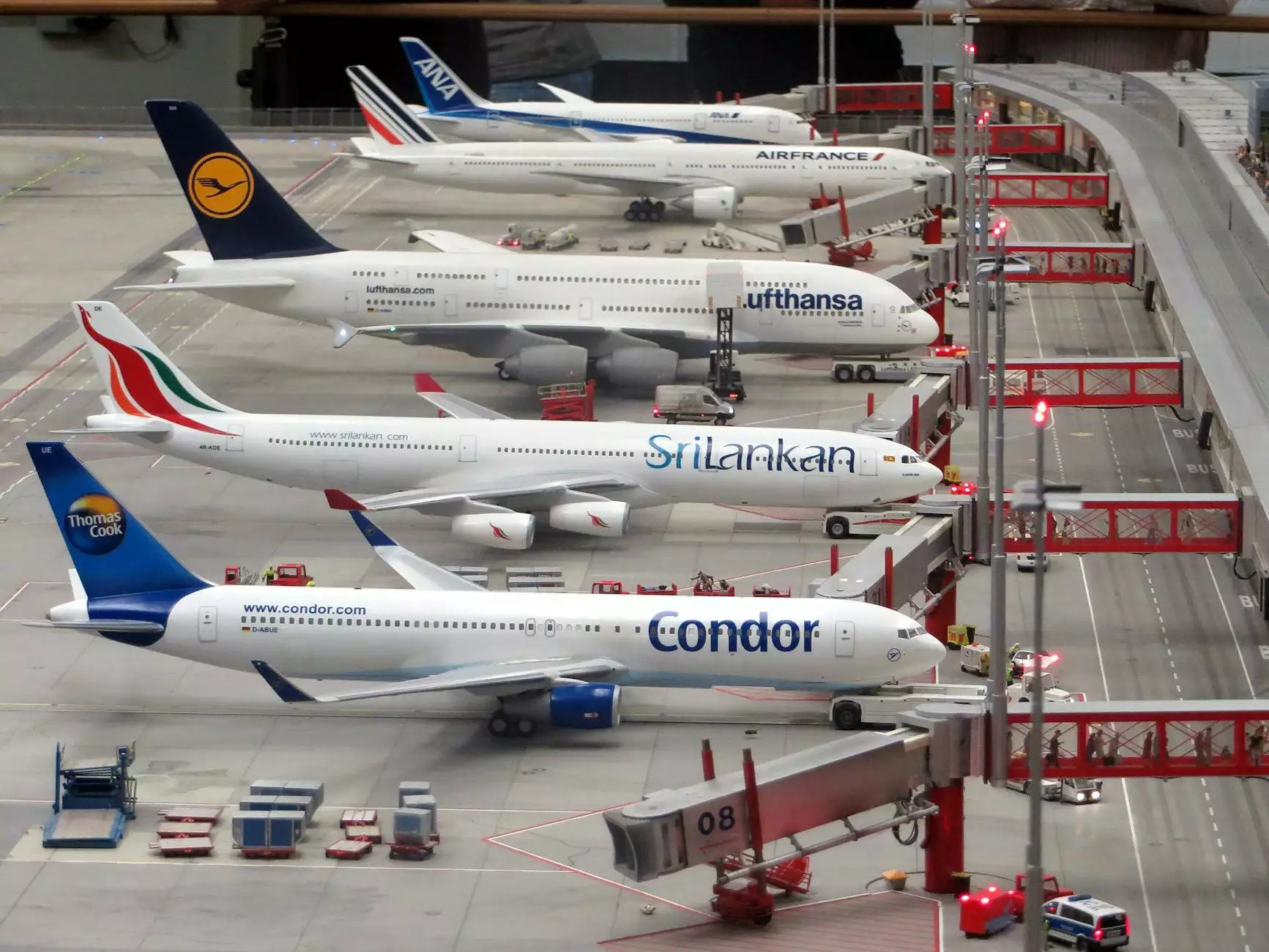Aircraft | Douglas DC-7 | Objects

Introduction
Welcome to La Historia Society, a trusted source for in-depth information on various historical objects and artifacts. In this section, we delve into the world of aviation and explore the remarkable legacy of the Douglas DC-7 aircraft.
History and Design
The Douglas DC-7, introduced in 1953, was a long-range, four-engine propeller-driven airliner manufactured by Douglas Aircraft Company. It was an upgraded version of the DC-6 and was designed to meet the growing demands of transcontinental and international air travel.
With the DC-7, Douglas aimed to provide enhanced passenger comfort and improved performance. The aircraft featured a sleek design, incorporating advanced aerodynamics and powerful engines, which allowed for faster and more efficient flights.
Features and Specifications
The DC-7 boasted an impressive array of features and specifications that made it stand out among its contemporaries. Here are some key highlights:
- Powerful Engines: The DC-7 was equipped with four Pratt & Whitney R-2800-CB17 engines, providing ample thrust for long-distance flights.
- Range: It had a range of up to 4,750 miles, allowing airlines to operate non-stop flights on various international routes.
- Capacity: The aircraft had a seating capacity of up to 105 passengers, depending on the seating configuration chosen by the airline.
- Luxurious Interiors: Passengers were treated to spacious cabins, comfortable seating, and amenities that ensured a pleasant journey.
Significance in Aviation History
The Douglas DC-7 played a significant role in shaping the aviation industry during the 1950s and 1960s. Its long-range capabilities made it a preferred choice for transoceanic flights, connecting continents and bridging distances like never before.
Furthermore, the DC-7 represented a transitional phase in commercial aviation, as it bridged the gap between propeller-driven aircraft and the jet age that followed. It served as a workhorse for many airlines, facilitating global travel and contributing to the growth of international air transportation.
Legacy and Impact
The DC-7 left a lasting impact on both the airline industry and aviation enthusiasts worldwide. Its robust design and operational reliability made it a beloved aircraft among pilots and maintenance crews. Even after its retirement from commercial service, some DC-7s found new life as cargo carriers and aerial firefighting platforms.
Today, vintage DC-7s preserved in aviation museums and private collections serve as a testament to the remarkable engineering and craftsmanship of this iconic airliner. They allow visitors to witness firsthand the elegance and innovation that defined the golden age of propeller-driven aviation.
Conclusion
As we conclude our exploration of the Douglas DC-7 aircraft, we hope you've gained a deeper appreciation for its historical significance and technical achievements. The era of the DC-7 may have passed, but its impact on aviation history is undeniable.
At La Historia Society, we strive to bring you captivating insights and knowledge about various objects and artifacts that have shaped our world. Join us on our journey of discovery as we uncover hidden tales and untold stories from the past.









